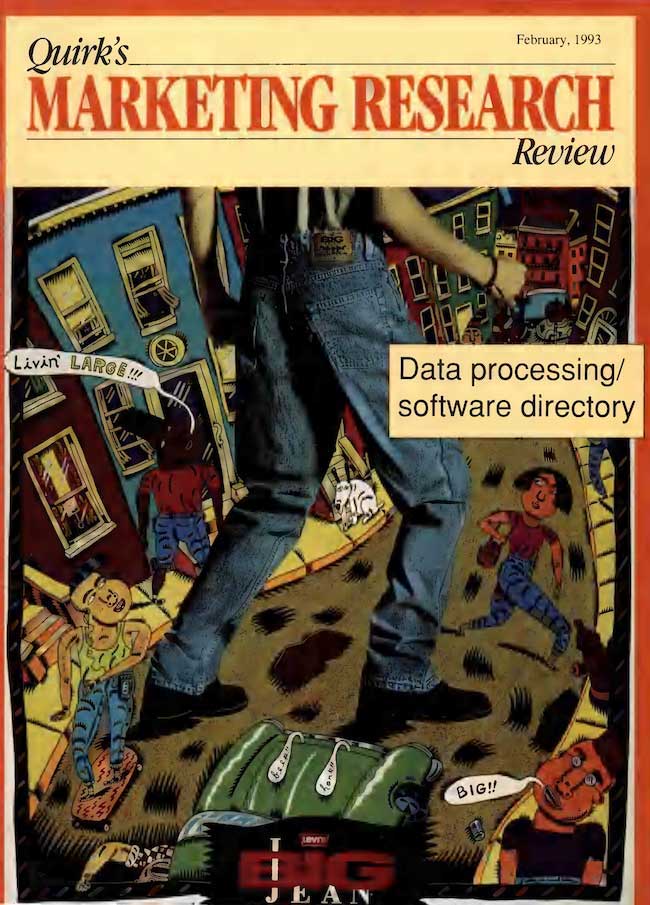Bacon and blockbusters: Movie rentals did boffo biz for grocery stores
Thirty years ago, the hottest department in your local grocery store had nothing to do with food. As a February 1993 Survey Monitor entry (“Supermarket video grew in '92”) explained, “the new star category in the supermarket industry” was the video department. According to a study by Food Marketing Institute (FMI), in 1991, U.S. supermarkets recorded $1.35 billion in video rental and sales of movie videotapes. Even more mind-boggling, supermarket operators carried an average of 1,417 titles and 1,846 tapes per store and projected 1,573 titles and 2,088 tapes for 1992, the FMI said.
Back then, the Friday night trip to the grocery store almost always included picking up a movie or two for weekend viewing. (We don’t miss those marathon haggling sessions over who could/would watch what!) Some people (cough, cough), whose parents were cheapskates, even had to endure the process of renting a VCR from the grocery store in order to be able to play the videotapes they had picked out. And most of the time, all the good new releases were already gone.
More than half of the companies in the FMI survey indicated that by 1993, all of their stores would offer both video rentals and sell-through videos. Four in 10 said they would increase the number of sell-through titles, which grew by 27 percent in 1991 alone. Almost three in 10 (28 percent) expected to increase the space for video rentals.
Speaking of which, the selling area for video departments averaged 666 square feet, with larger companies (10 or more stores) averaging about 50 square feet more than the smaller ones.
The supermarket video operators’ greatest concerns? The cost of purchasing videos and the increased competition from other video outlets. They were also worried about the growth of other entertainment alternatives, theft/shrink and space constraints.

Love those mall facility modems!
The cover story of our February 1993 issue (illustrated above), “Keep the kids interested,” was a case study on the youthwear division of Levi Strauss & Co.’s use of a CATI system to conduct mall research on jeans and clothing trends with boys aged 9 to 14. Entertainment breaks were used to keep the interest of the boys during the interviews, which lasted 30-45 minutes, and also included a portion delivered via VCR. The data was sent to research company ACS for tabbing, either on disk or via modem. The modem option meant that turnaround could be quite short, though not every mall facility was equipped to handle data transmission that way. “Everyone is taking baby steps but we have three or four groups of mall facilities that we work with who can transmit by phone. That's been a real boon,” said ACS’s Amy Yoffie.
State-of-the-art, circa early 1990s
In that same issue, Quirk’s Editor Joe Rydholm reviewed Al Blankenship and George Breen’s book “State of the Art Marketing Research,” noting that one of the topics was “how to choose between mail, phone, personal interviews, omnibus, etc.; how to develop a questionnaire; and a lengthy section on that most popular of research methods, the focus group.”
